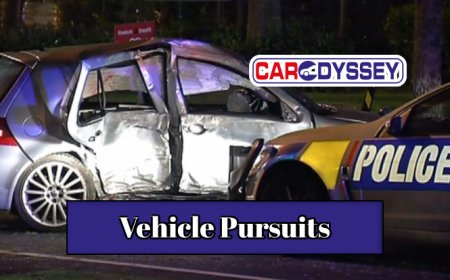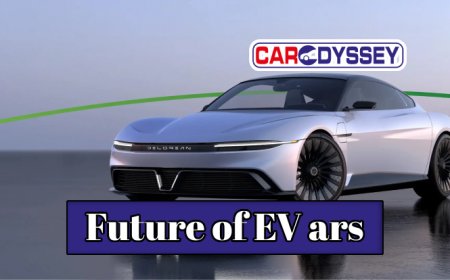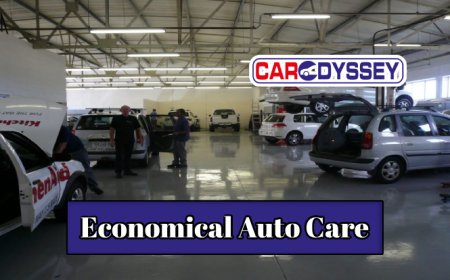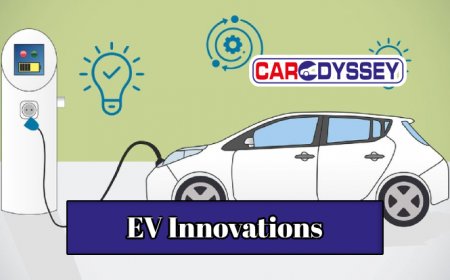Immersive Insight into High-Speed Police Pursuits
Experience heart-pounding police pursuits; understand the tactics and strategies used to end high-speed car chases safely.
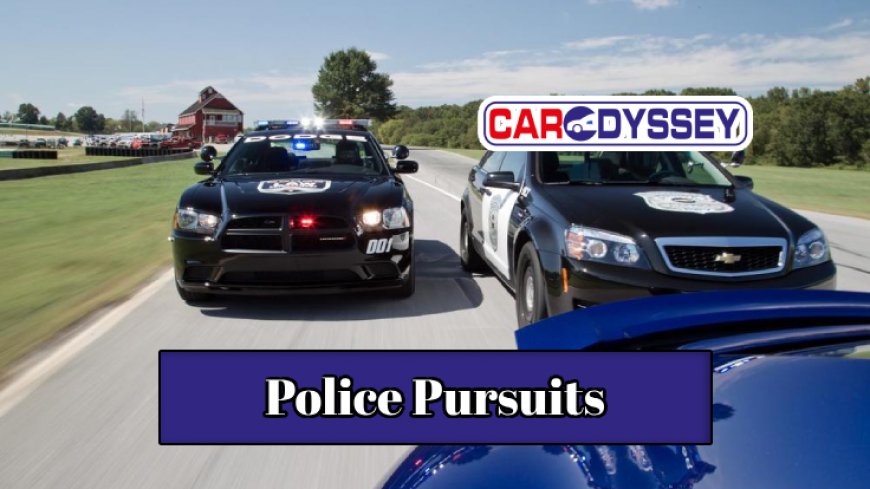
High-speed police pursuits have long gripped public fascination, breaking through the monotony of everyday life with their flurry of sirens, screeching tires, and adrenaline-pumping action. These high-octane encounters not only showcase the sheer power and performance of modern vehicles but also highlight the skill, courage, and tenacity of the law enforcement officers tasked with restoring order at breakneck speeds. This article explores the captivating world of police pursuits, diving deep into the strategies employed by the authorities and the impact these high-speed chases have on traffic safety.
Exploring the Thrills and Perils of Police Pursuits
As we delve into the complexities surrounding police pursuits, it's crucial to remember that beneath the thrill and high-stakes drama lies a significant concern: the safety of all road users. We'll unravel this and more as we navigate through the world of high-speed chases.
Table of Contents
- The Anatomy of Police Pursuits
- Police Tactics: Strategies to Safely End High-Speed Chases
- The Impact of Police Pursuits on Traffic Safety
- The Aftermath: Dealing with Crash Incidents
- New Vehicle Technology: Aiding Police Pursuits
- Training and Preparation: Essential Stages in Coping with High-Speed Chases
- Concluding Thoughts on Police Pursuits
The Anatomy of Police Pursuits
Police pursuits, often a staple of action-packed film scenes, are far from fictional in reality. Each one commences under different circumstances, triggered by varying offenses such as speeding, drunk driving, or even serious crimes like theft and assault. But what goes on during a typical high-speed chase?
First is the initiation, when an officer attempts to pull a vehicle over. A routine traffic stop can turn into a potential pursuit if the driver chooses to evade rather than comply. The officer is then burdened with the immediate decision to give chase or let the suspect go, considering the potential risks involved.
Next comes the chase. This phase often involves multiple police vehicles, aerial support, tire-deflation devices, and communication between law enforcement agencies. Pursuing officers must remain calm, maintain contact with dispatch, and continually evaluate the pursuit's safety.
Lastly, we have the termination phase — the pursuit's conclusion, often involving the suspect's apprehension. This could result from a voluntary surrender, an effective tactic employed, or an unfortunate accident.
Police Tactics: Strategies to Safely End High-Speed Chases
When it comes to ending police pursuits safely, a range of tactics are employed. These are aimed at minimizing danger, while increasing the likelihood of suspect apprehension. Understanding these strategies provides a unique insight into the potentially life-saving actions employed by law enforcement.

Precision Immobilization Technique (PIT)
Perhaps one of the most recognized tactics is the Precision Immobilization Technique, or PIT. In essence, the pursuing officer nudges the suspect vehicle's rear quarter panel, causing it to lose control and come to a stop. While effective, this tactic calls for exceptional driving skill and discretion from the officer to ensure minimal risk.
Tire Deflation Devices
Another commonly employed tactic is the use of tire deflation devices – often spikes stretched across the roadway that aim to burst a vehicle's tires and gradually slow it down. These must be deployed judiciously and only under appropriate circumstances to reduce risk for all parties involved.
Boxing In
"Boxing in" forms yet another strategy, where multiple police vehicles encircle the fleeing vehicle and slow down, effectively forcing the suspect to stop. However, this requires great coordination and the presence of multiple police units, making it not always feasible.
The Impact of Police Pursuits on Traffic Safety
While there is inherent fascination surrounding police pursuits, they pose a considerable threat to traffic safety. High-speed chases, by nature, increase the risk of accidents, endangering not just the fleeing suspect but also law enforcement officers, other motorists, and pedestrians.
- Increased accident risk: Despite trained officers' best efforts, the fast speeds and erratic behavior during police pursuits substantially heighten the accident risk.
- Collateral victims: Innocent bystanders could become collateral victims of pursuits, caught in the chaos either as drivers, passengers or pedestrians.
- Damage to public and private property: Pursuits often result in significant damage to roadways, other vehicles, and structures - a cost that ultimately falls upon the community.
In a world where safety is paramount, these risks continually push the conversation on best practice policies during high-speed chases and the implementation of more pursuit training and technologies.
The Aftermath: Dealing with Crash Incidents

The moments following a crash during a chase are critical. Police officers are trained to respond quickly and efficiently, yet every situation presents unique challenges. The overarching goal, of course, remains the same — to secure the site, provide medical aid, and restore normalcy as soon as possible.
The Crash Scene
Once the dust settles from the tumult of a high-speed chase, the crash scene demands immediate attention. Officers need to establish a secure perimeter around the crash site, watching out for any hazards such as leaking fuel or electrical fires. The next important step involves catering to the injured, prioritizing life-saving measures above all.
Investigation
After ensuring safety at the crash scene, authorities then work towards conducting a meticulously detailed investigation. This includes gathering evidence, interviewing witnesses, and documenting the sequence of events, often with the help of accident reconstruction experts.
New Vehicle Technology: Aiding Police Pursuits
Technological advancements have introduced new dimensions to police pursuits over the years. These developments in vehicle technology have been transformative, aiding law enforcement with enhanced speed, accuracy, and safety during chases.
- GPS Tracking: Devices fitted into vehicles enable real-time tracking, allowing law enforcement to monitor a suspect's movements without engaging in a dangerous high-speed pursuit.
- Unmanned Aerial Vehicles: Drones or unmanned aerial vehicles make for an eye in the sky, providing live aerial footage of a chase, aiding officers on the ground while minimizing risks.
- Connected Vehicles: With the advent of connected cars, authorities may soon have the ability to remotely slow down or even halt the suspect vehicle.
Undeniably, these developments play a substantial role in shaping the future of police pursuits, potentially bringing significant reductions in the associated risks and damages.
Training and Preparation: Essential Stages in Coping with High-Speed Chases
/cloudfront-us-east-1.images.arcpublishing.com/gray/EQ2JRQI45NH2LKGWLPIJLWD3EI.jpg)
Training, as every seasoned law enforcement officer knows, is the backbone of every successful operation. Police pursuits are no exception. Through rigorous preparation and continual learning, officers equip themselves with the skills to handle high-speed chases, minimize risk, and uphold the law.
Pursuit Driving Courses
Many law enforcement agencies offer specialized pursuit driving courses designed to hone the skills of their officers. Police cadets learn and practice advanced driving techniques, skid control, pursuit management, and decision-making under stress.
Simulated Training & Virtual Reality
Beyond the physical handling of vehicles, training in a simulated environment has proven exceedingly beneficial. High-tech simulators with virtual reality components can recreate a variety of pursuit scenarios, allowing officers to practice responses in a safe and controlled setting.
Concluding Thoughts on Police Pursuits
Police pursuits, while electrifying to watch, are fraught with perils. The determination to apprehend lawbreakers competes with a commitment to public safety, pushing officers into a delicate dance of calculated risk. As we navigate this brave new world of enhanced vehicle technology and evolving tactics, it's clear that ensuring safety and justice during these high-speed chases is as much a journey as a destination. Here's to those courageous heroes who undertake this daunting challenge, keenly maneuvering through the roads less traveled on their own car odyssey.
What's Your Reaction?











